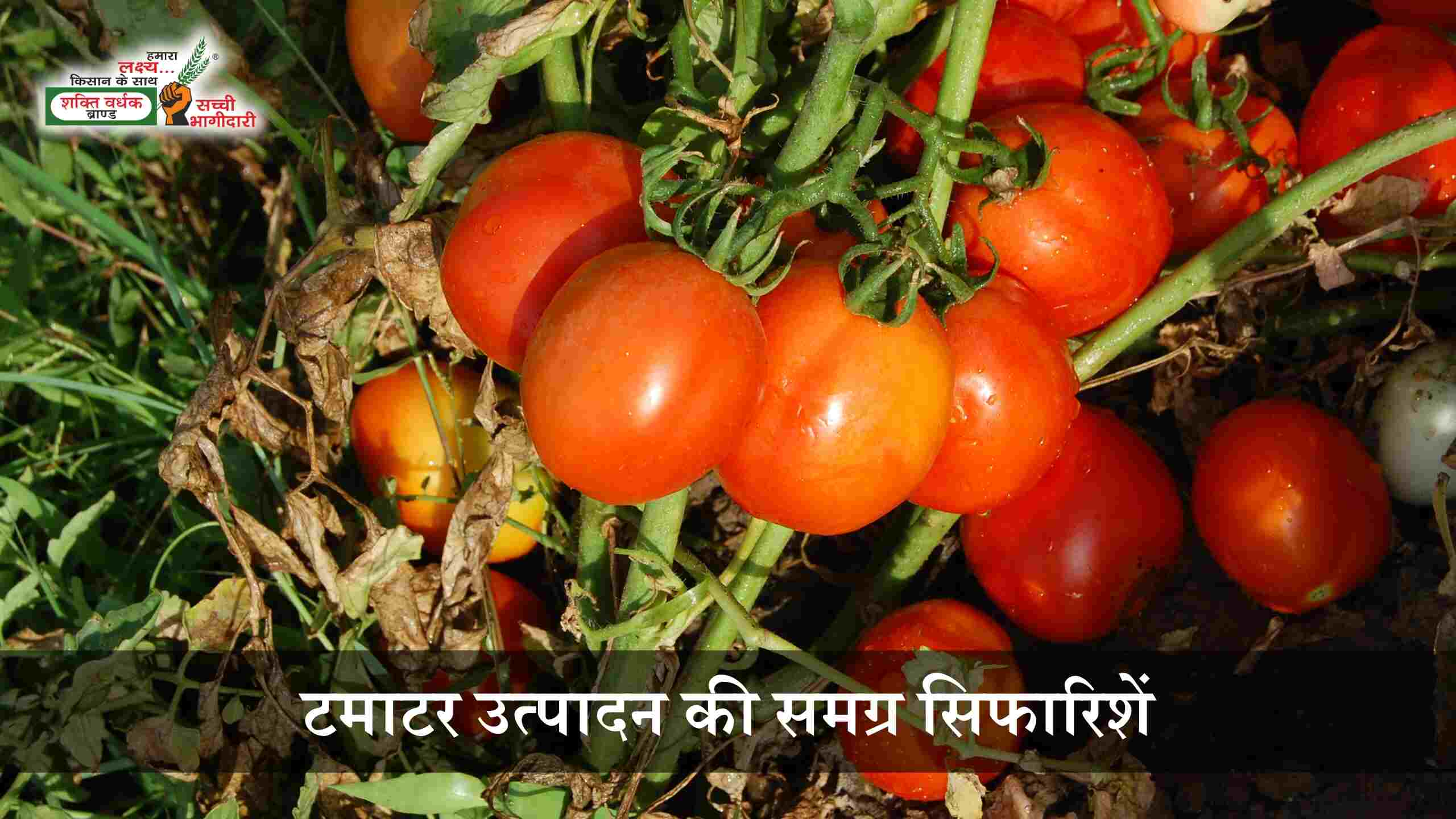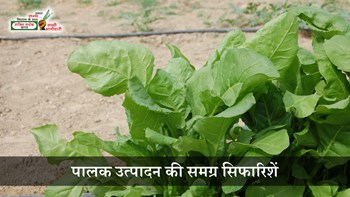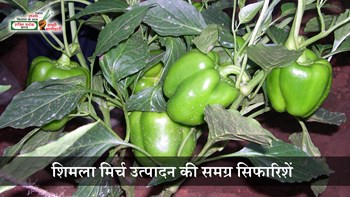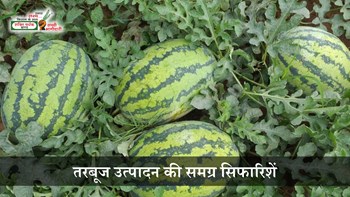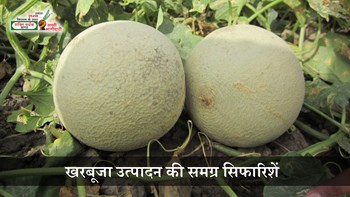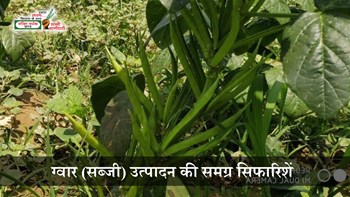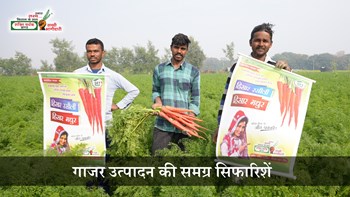Agro-Climatic Conditions
Tomatoes thrive best in areas with an average temperature of around 21°C. A frost-free, warm, and sunny climate promotes proper fruit ripening, vibrant color development, and higher yields. Excessive cold or humidity should be avoided.
Nursery Preparation
-
Ideal bed size: 60 cm wide, 5–6 meters long, and 20–25 cm high.
-
Remove clods, stones, and weeds from the bed. Mix well-rotted FYM (farmyard manure) and sand into the soil for good texture.
-
Treat the nursery soil with a solution of Phytolon or Dithane M-45 (2–2.4 g per liter of water) before sowing.
-
Make sowing lines 10–15 cm apart and sow the seeds.
-
Lightly cover the seeds with soil and mulch using straw or sand.
-
Irrigate twice daily using a gentle shower until germination.
-
Once seedlings emerge, remove mulch. At the 4–5 leaf stage, apply Thimet, and spray Metasystox or Thiodan (2–2.4 ml/liter) + Dithane M-45 (2–2.4 g/liter).
-
For cold weather, cover beds with polythene tunnels for better germination and remove once seedlings establish.
Ideal Sowing Time
North India:
-
June–July: For winter crop
-
November: For spring-summer crop
-
March: For rainy season crop
Central India and Maharashtra:
-
May–June, August–September, December–January
Eastern and Southern India:
-
Tomatoes can be grown year-round depending on climate.
Spacing & Seed Rate
-
Row spacing: 75 cm
-
Plant spacing: 60 cm
-
Seed rate: 100–120 grams per hectare
Fertilizer Application
-
Mix 15–20 tons of well-decomposed FYM per hectare at land preparation.
-
Apply NPK fertilizers as per the following schedule (kg/ha):
| Stage | Nitrogen (N) | Phosphorus (P) | Potash (K) |
|---|---|---|---|
| At transplanting | 40 kg | 100 kg | 100 kg |
| 20 days after transplant | 40 kg | — | — |
| Before flowering | 40 kg | — | — |
| After first harvest | 40 kg | — | — |
| Total | 160 kg | 100 kg | 100 kg |
Note: 40 kg Nitrogen = 87 kg Urea, 100 kg Phosphorus = 217 kg DAP, 100 kg Potash = 166 kg MOP.
Weed Management
For chemical weed control in tomato:
-
Apply Pendimethalin (Stomp 30%) @ 3.25 liters/ha (1 kg active ingredient) 4–5 days after transplanting.
Plant Protection Measures
Major Insect Pests
-
Aphids, leafhoppers, jassids:
Apply Thimet (Phorate) @ 12.5 kg/ha.
Spray Endosulfan (Thiodan) or Metasystox (Oxydemeton Methyl) @ 2 ml/liter. -
Whitefly:
Spray Triazophos (Hostathion) @ 2–3 ml/liter. -
Fruit borer:
Remove and destroy affected fruits.
Spray Quinalphos (Ekalux) @ 2.5–3 ml/liter, or use Malathion (3 ml/liter) or Carbaryl (3 g/liter). -
Ash weevil:
15 days after transplanting, apply Carbofuran 3G @ 20 kg/ha. -
Red spider mites:
Spray Dicofol (Kelthane) @ 2.7 ml/liter or Sulphur @ 3 g/liter. -
Root-knot nematodes:
Apply Carbofuran (Furadan) 3G @ 20 kg/ha or Phorate (Thimet) 10G @ 12.5 kg/ha.
Major Diseases
-
Late/early blight:
Spray Mancozeb (Dithane M-45) @ 2.4–3 g/liter of water. -
Fusarium wilt:
Practice crop rotation every 4–5 years. -
Viral complex:
Manage virus vectors (whiteflies, aphids) effectively.
Use high-quality systemic and contact insecticides from reputable companies for controlling sucking pests and caterpillars.
Disclaimer
All the above recommendations are based on research findings from agricultural institutions. Crop results may vary depending on soil conditions, weather, pest and disease pressure, and farm management. Yield and crop success are subject to the farmer’s practices and local conditions. Farmers are advised to consult local agricultural departments for region-specific guidance.
